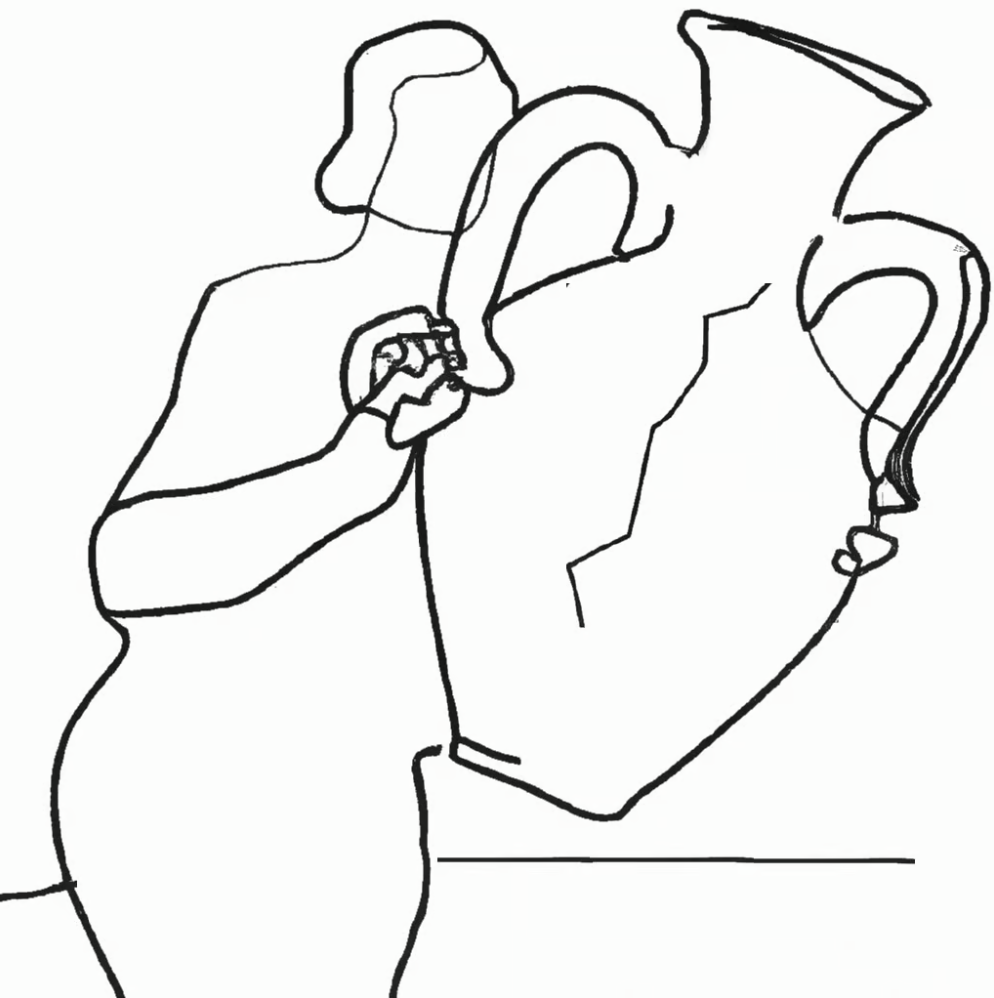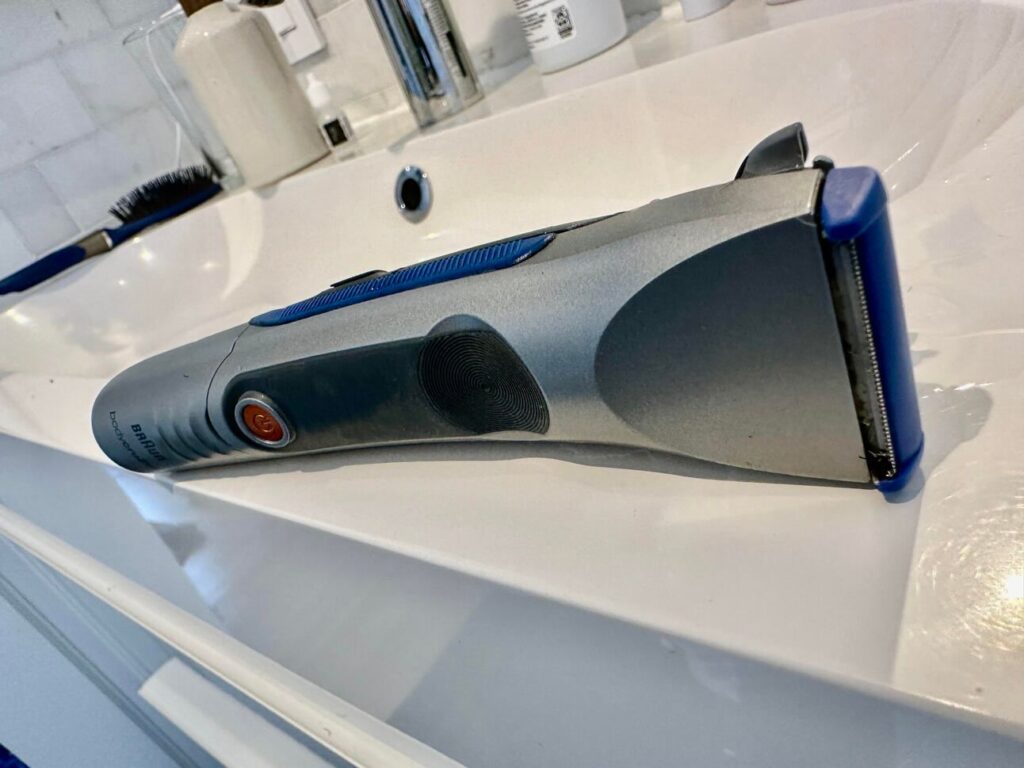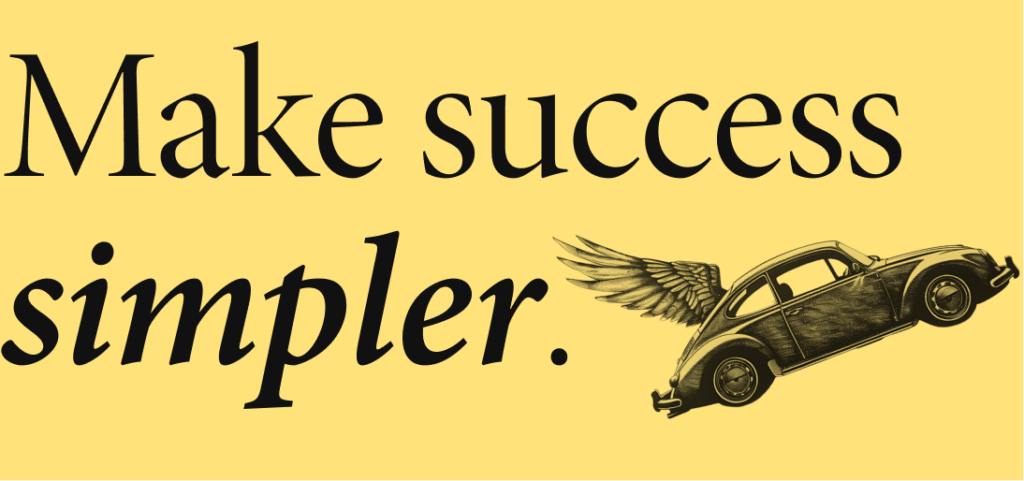Welcome to One Thing Better. Each week, the editor in chief of Entrepreneur magazine (that’s me) shares one way to be more successful and satisfied — and build a career or company you love.
Today’s one thing: Dealing with it.
That one thing, better: Fixing it.

When something breaks, we know it. And hopefully fix it.
But what happens when something only sorta breaks?
The answer: We keep it. We say things like, “But it still works!” And this is how we end up making excuses. And letting it slow us down. Or causing frustration. Or costing money. Or draining our energy.
There’s nothing more dangerous than a thing that sorta still works.
You have something in your life like this. It might be large or small. Today, I’ll help you find it… and I’ll start by sharing my own small, sorta-still-works thing that caused me years of pain.
My least-favorite routine.
For as long as I can remember, I’ve hated trimming my beard. It’s a lengthy, painful ordeal — which is why I often let my beard grow for weeks, until it’s intolerably bushy. Then, on a morning with plenty of time, I embark upon The Process.
First, I shower to make my skin and beard soft. Then I pull out this thing:

That’s my beard trimmer. I turn it on and get to work — slowly, carefully moving around my face, as the machine catches and yanks my facial hair. I’ve developed a little start-stop motion, hoping to lessen the discomfort.
As I was doing this last month, I started to wonder: Why is my beard so unusually hard to trim?
And then I thought: Wait, what if my face is totally normal?
And then, for the first time ever, I thought: What if… the trimmer is the problem?
This might sound obvious to you, but it was not for me. Here’s why:
I started dating a girl named Jen in 2008. She told me I’d look good with a beard, so I grew one for the first time, bought a beard trimmer, and then kept everything. Sixteen years later, I still have a beard, still have the same trimmer, and Jen and I are married.
As a result, I like this trimmer — and I like how long I’ve had it. It still turns on, so why would I throw it in the garbage? Which is why it never occurred to me: In reality, this thing only sorta still works. Its blades are dull. That’s what’s hurting me.
What’s your sorta-still-works?
I started to think about my beard trimmer as a metaphor.
All this time, I knew I had a problem — shaving was painful! But because the trimmer sorta worked, I never considered it a problem. Instead, I shifted and exacerbated the pain.
And I wondered: How often do we do this to ourselves?
It’s the relationship or friendship, or at least some part of it, that brings us more frustration than satisfaction. Or the job that’s fine on a day-to-day basis, but where we will never truly grow. Or the thing we sell that people buy, but never return to buy again.
These are the things we overlook because they sorta work.
But that should not be enough. We deserve things that fully work — or at the very least, we deserve to know exactly how something does and does not work for us, and how to gain control of that thing, and how to get what we fully need.
And how do you do that?
Years ago, I met a guy named Jesse Cole. He’d started a silly local baseball team called the Savannah Bananas, where players do coordinated dances and tickets come with all-you-can-eat food.

Via Savannah Bananas Instagram
He told me his business philosophy — the thing that drove all his decisions. It was this:
“Stop doing what your customers hate.”
I love that line. It’s so simple and obvious. I mean, who actively does things that people hate? But then you think about it and realize: Oh, we do that all the time.
Jesse, for example, realized that people hate boring baseball games and expensive food — which is what every other team offers. So he eliminated both, and created an entirely new baseball experience. Years later, his team now sells out every game, tours nationally like the Harlem Globetrotters, and has millions of social media followers.
Why not turn that mandate on yourself? Stop doing what you hate.
This isn’t about quick fixes. It’s about building an intolerance for problems — and an intolerance for whatever’s causing those problems, even if they’re things you think still have value. It’s about thinking: When something is annoying, or frustrating, or outright painful, what happens if I commit to fixing it?
I’m reminded of a conversation I had with my physical therapist, Renuka Pinto, when I was recovering from ACL surgery years ago. Many clients see her after living with pain for years, she told me. They just assumed that pain was normal.
“You don’t have to live with pain,” she told them. “Pain is not normal.”
They did not know this. Their bodies only sorta still worked. They were tolerating something they did not have to tolerate.
Yes, getting rid of pain often requires some pain.
But here’s the thing: Then it’s over.
This is what I did.
I told my wife about my small revelation — that my nostalgic, old beard trimmer no longer worked. She said I was crazy for keeping it as long as I did. Then she bought me a new one.
I tried it. It trimmed so easily, and so not painfully, that I literally laughed out loud in the bathroom.
Not every problem is as easily solvable, of course. Some require hard conversations or hard decisions. You might leave a job or kill a product. A relationship may end, or new terms are established.
I’m not saying you must get rid of whatever only sorta still works. Maybe it’s a job that still has merit, or a relationship that still brings you enough joy. But I am saying you should solve the sorta problem. Identify what only sorta works, and the problems caused by it, and make sure you’re not just living with the pain because you think it’s normal.
When something still sorta works, we tend to ignore it. So don’t ignore it. Identify it. Then either fully fix it, or fully break it, or do whatever you need to do to make sure it’s not sorta anything anymore. It’s fully whatever you need it to be.
That’s how to do one thing better.
